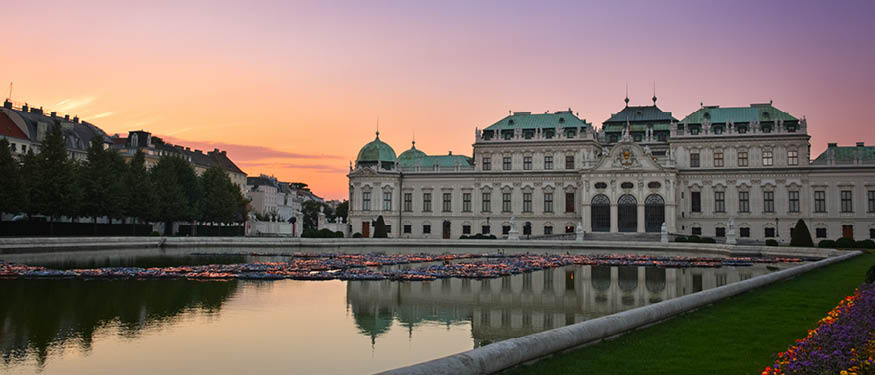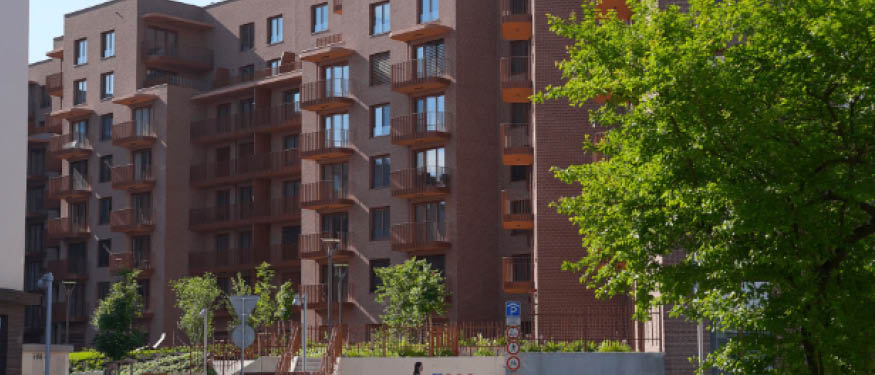In the past few years, North Macedonia has made significant strides in developing its infrastructure. Attracting foreign investors is the main strategy to finance, construct, develop, and manage essential infrastructure projects. The government also engages in PPPs, recognizing their potential to leverage private sector expertise and capital in public service delivery.
North Macedonia’s legal framework for PPPs is primarily governed by the Law on Public-Private Partnerships enacted in 2012, which provides a clear regulatory basis for engaging private entities in the development and management of public infrastructure. This law outlines the processes for project preparation, selection, and management, ensuring transparency and accountability.
In recent years, the government has amended this framework to simplify procedures and enhance the attractiveness of PPPs for private investors. Key reforms include streamlined approval processes and enhanced risk-sharing arrangements, addressing concerns that have historically deterred private participation.
Key Sectors and Projects
The most active sectors for infrastructure development in North Macedonia include transportation, energy, and water management.
Transportation: The country’s transport infrastructure is critical for regional connectivity and economic development. Major projects have included the rehabilitation and expansion of road networks, as well as the modernization and construction of new railways. The construction of Corridor 10 as well as the construction of Corridor 8 are aimed at facilitating transport and trade between countries in the CEE region and Western Balkans and contribute to a faster integration of North Macedonia within the European Union.
Energy: Over the past years, North Macedonia has been transitioning toward renewable energy sources and the government is actively promoting PPPs in this sector. Notable projects include the development of solar and wind energy facilities, which not only aim to diversify the energy mix but also align with the European Union’s sustainability goals. Just this year, the government announced the construction of a new wind park around Karbinci, Stip, and Radovis, a project that is worth approximately EUR 500 million.
Water and Waste Management: Addressing environmental concerns and improving public health through efficient water supply and waste management systems have also seen significant engagement. The government has partnered with private firms to develop integrated waste management systems and improve the quality and accessibility of potable water.
Every government in North Macedonia has aimed to develop the infrastructure and engage in PPPs but, despite all the progress made, the major issue of the perception of risk associated with political and regulatory stability persists. Investors often seek assurance that the legal framework will be upheld and that their investments will be protected from abrupt policy changes.
On the opportunity front, North Macedonia’s strategic position as a gateway to Southeast Europe presents a unique advantage. The country is well-placed to attract regional investment, particularly in transport and logistics infrastructure. Furthermore, as the EU continues to emphasize infrastructure development in its enlargement strategy, North Macedonia stands to benefit from increased funding and technical assistance.
Recent Developments and Future Outlook
Recent government initiatives have shown a commitment to enhancing infrastructure and the PPP landscape. The establishment of the new Ministry for Energy, Mining, and Mineral Resources aims to facilitate project development in these areas.
Looking ahead, there are a few bigger projects which seem promising. The current government has announced its focus on finishing the development of Corridor 10 and Corridor 8, thus enhancing the quality of the transport networks in the region and facilitating transport and trade between the countries of the Western Balkans. In the energy sector, the development of the new wind park in Karbinci should enable the production of approximately 1 terawatt-hour of electricity, which is approximately 20% of the total electricity production of the country. The completion of the Greek-Macedonian gas pipeline is also an important project for the government, for which the government announced that construction of additional interconnectors to Central and Central-Eastern Europe is the primary objective.
Even though minimizing pollution and the energy transition in general is a hot topic in North Macedonia, the country will have to keep in mind the social aspects of this transition, making sure it secures basic necessities such as heating for its people.
By Petar Serdjuk, Partner, Serdjuk Law Firm
This article was originally published in Issue 11.10 of the CEE Legal Matters Magazine. If you would like to receive a hard copy of the magazine, you can subscribe here.

















